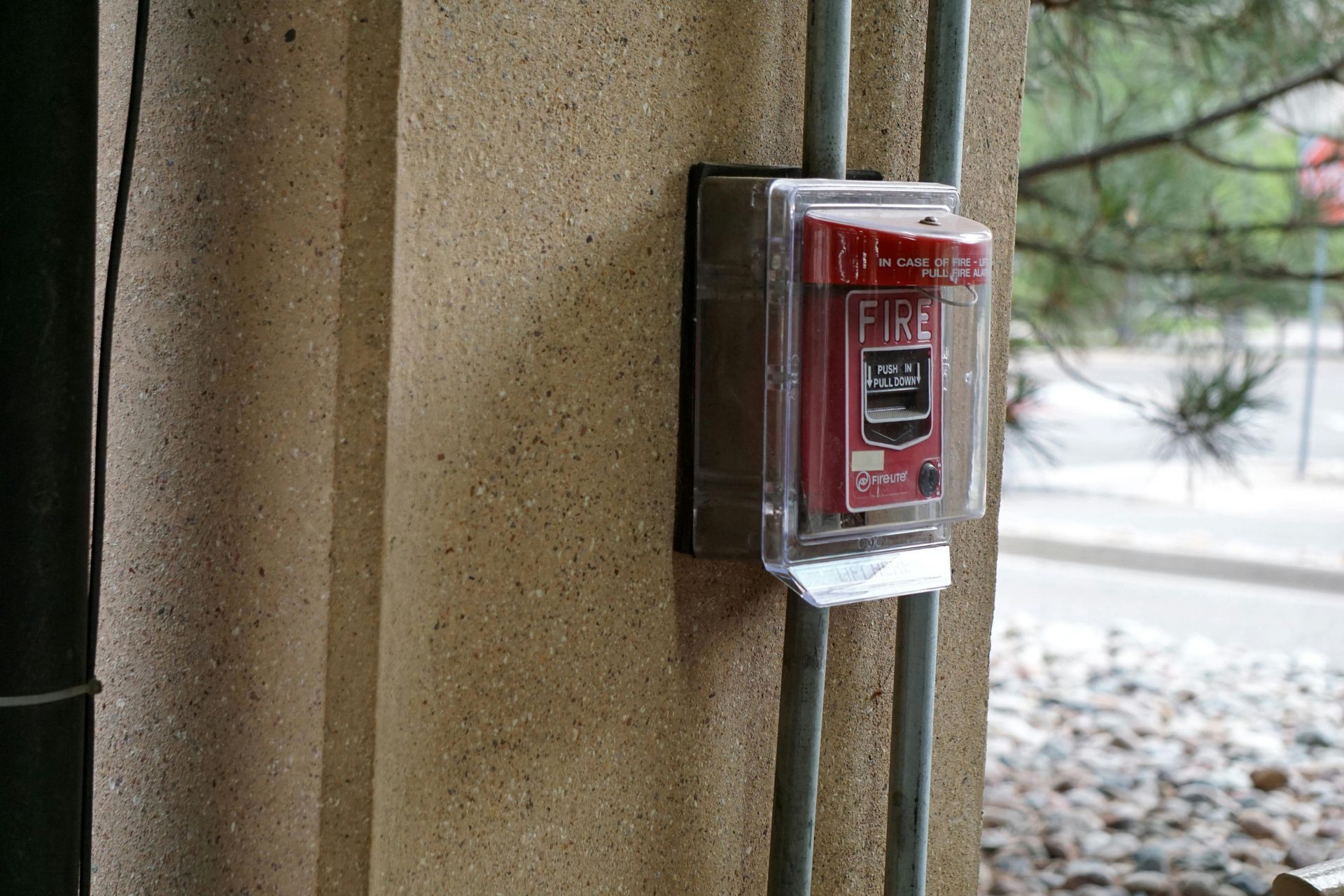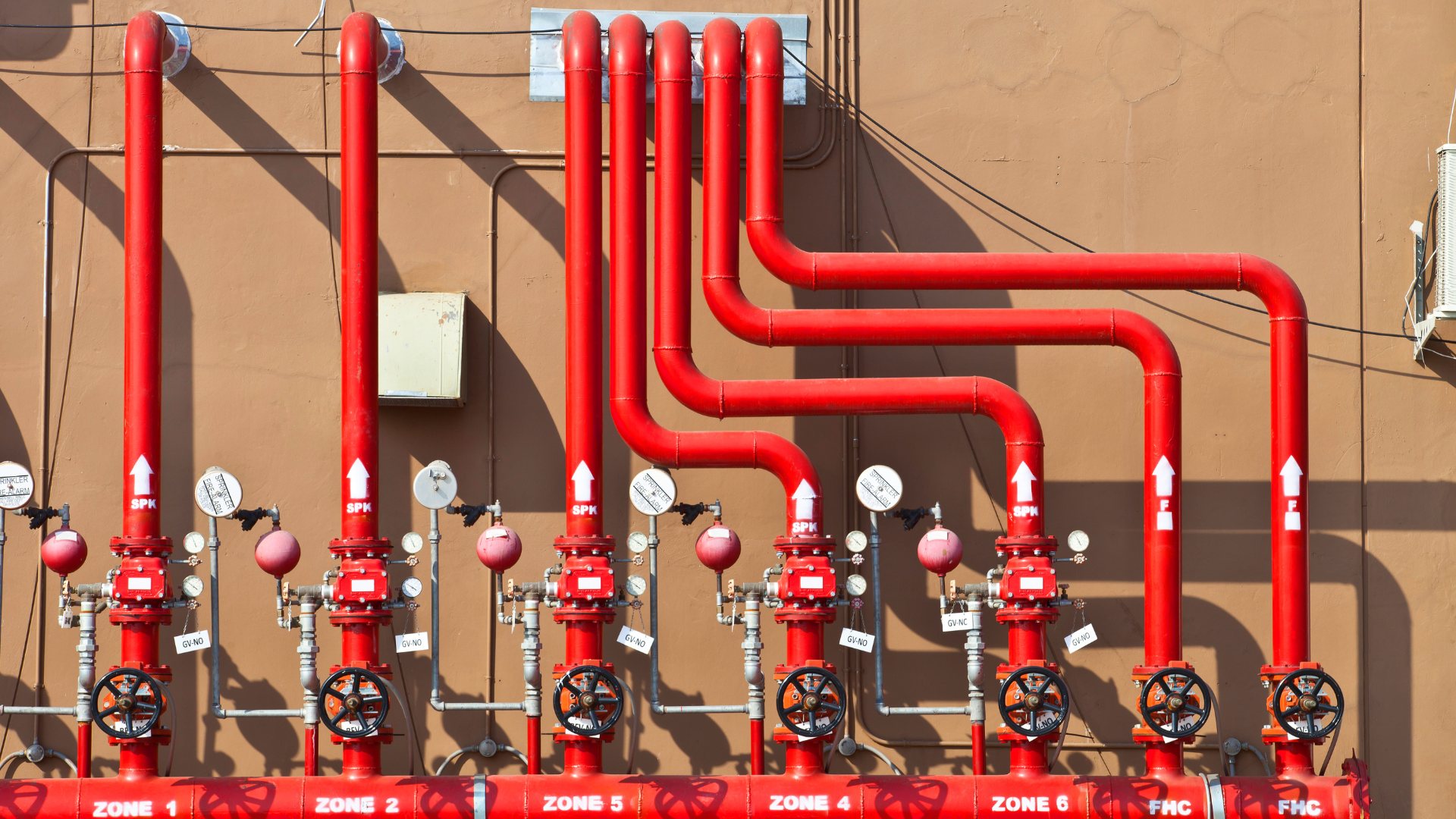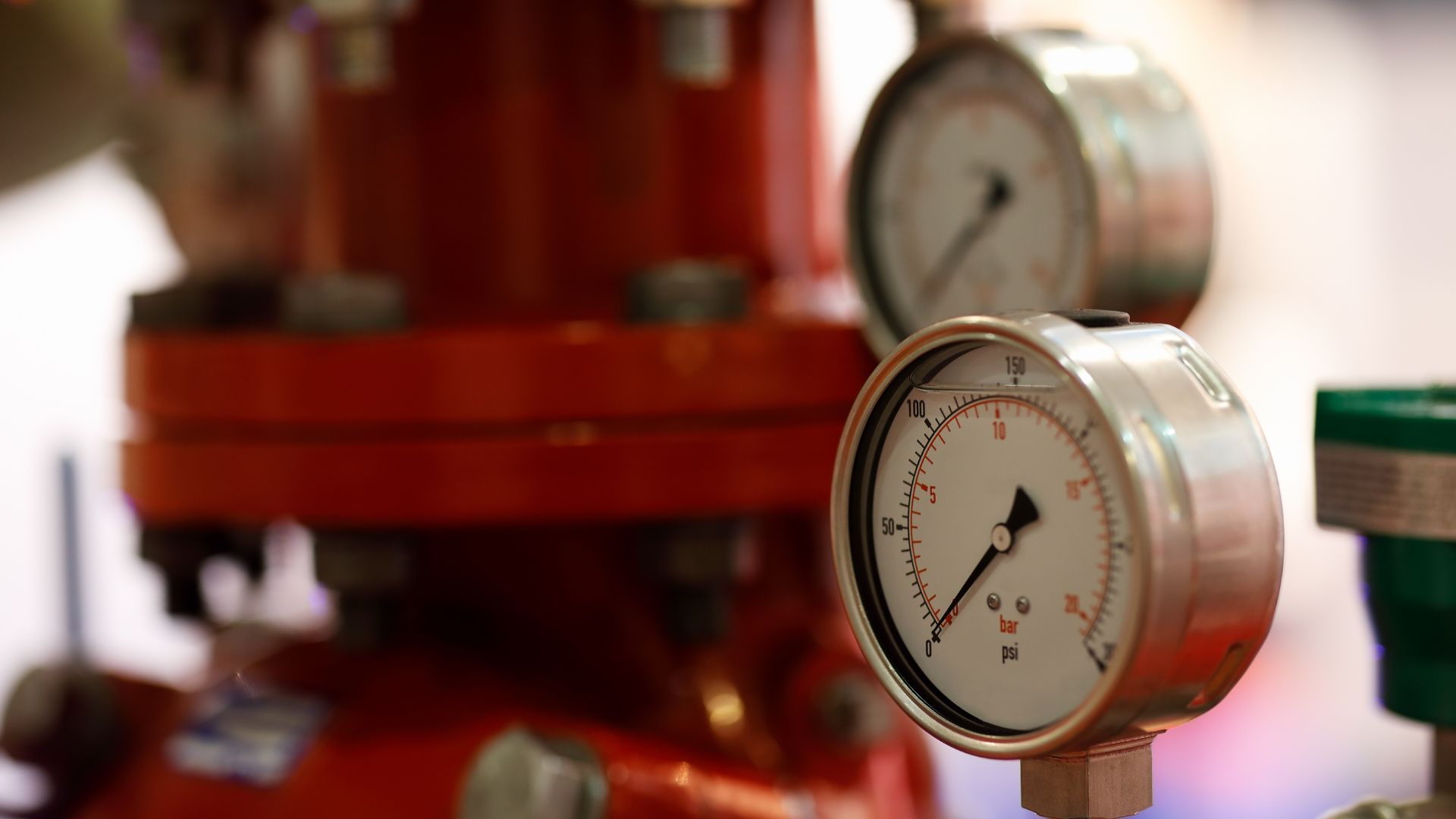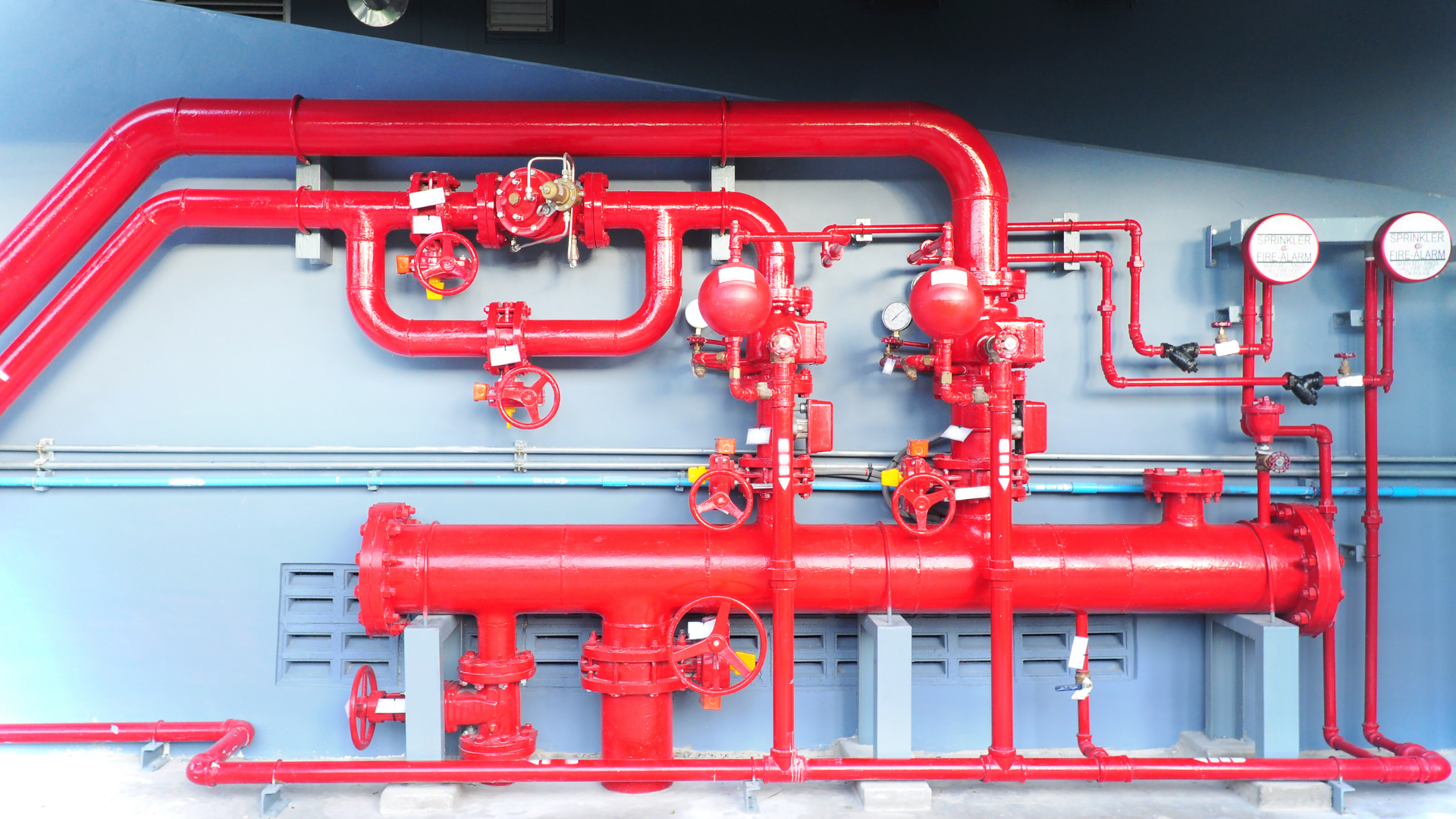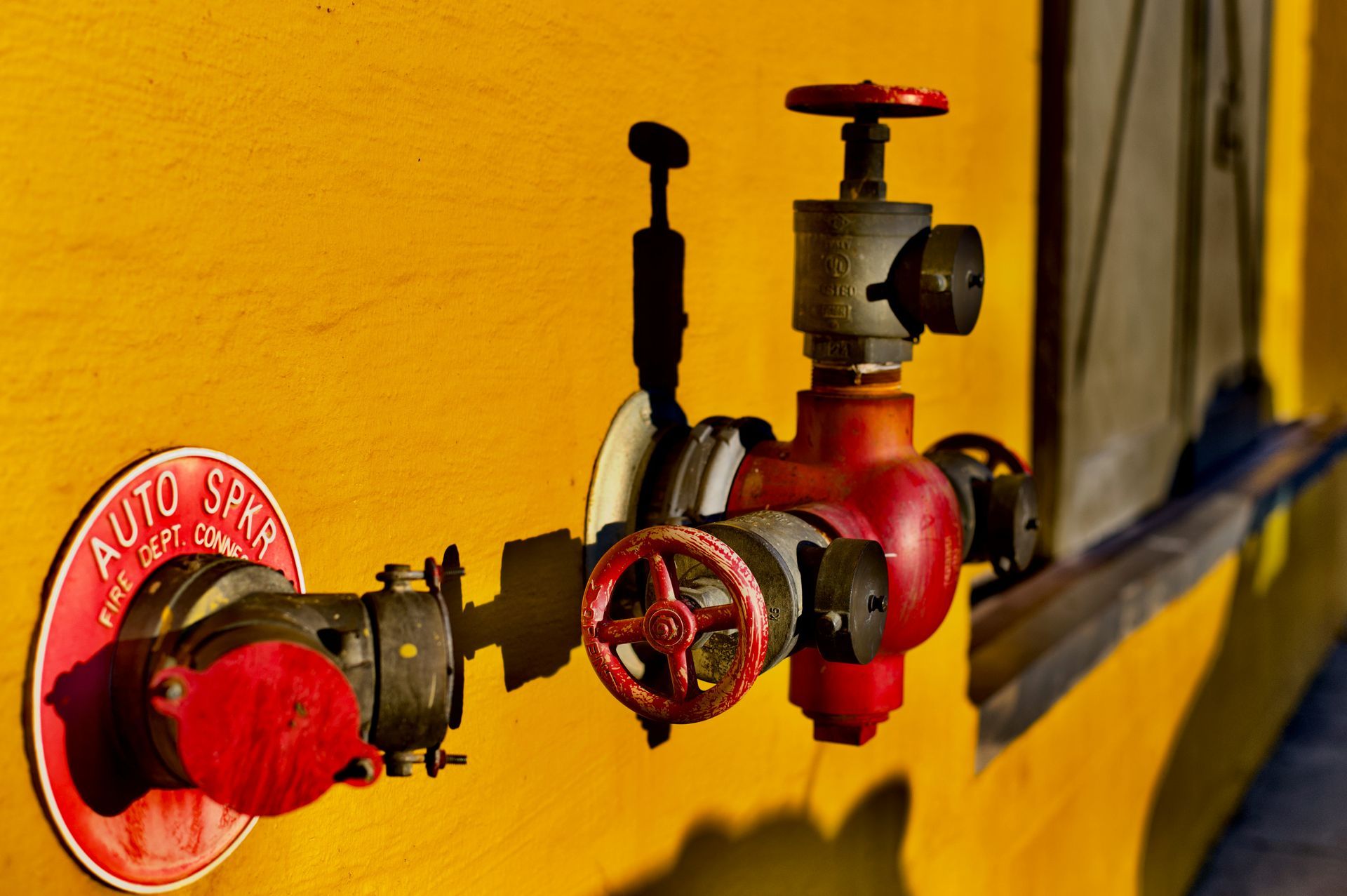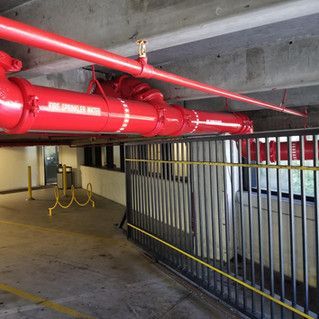Understanding NFPA Fire Sprinkler Codes and What They Mean for Your Building
Guidelines and Best Practices for Building Safety and Compliance
Fire sprinkler systems are a vital part of any building’s fire safety strategy. However, simply having a system in place is not enough—it’s essential to ensure that the system is compliant with current fire safety regulations. This is where the National Fire Protection Association (NFPA) comes in. The NFPA sets the standards and codes that govern fire sprinkler systems, and staying up-to-date with these regulations is crucial for building owners and managers. In this blog, we’ll break down the most important NFPA codes related to fire sprinkler systems and explain what they mean for your building.
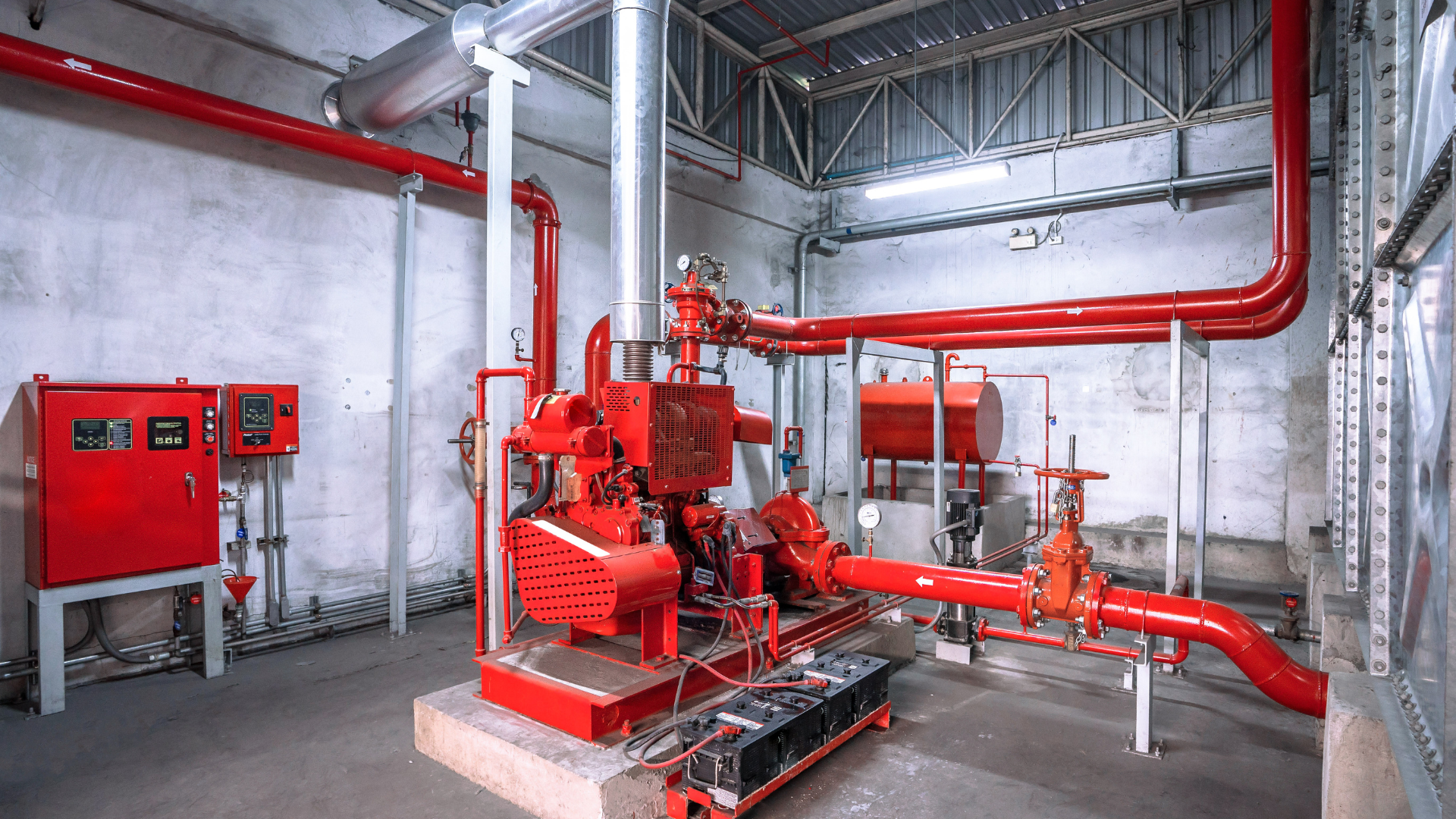
NFPA 13: Standard for the Installation of Sprinkler Systems
NFPA 13 is the primary standard that provides guidelines for the design and installation of fire sprinkler systems. This code outlines where sprinklers should be placed, the type of systems that should be used, and the level of water coverage required for various types of buildings. Whether you own a commercial building, warehouse, or residential property, complying with NFPA 13 ensures your fire sprinkler system is designed to protect occupants effectively and minimize fire damage.

NFPA 25: Inspection, Testing, and Maintenance
Once your fire sprinkler system is installed, it’s critical to maintain it in good working order.
NFPA 25 provides the requirements for the regular inspection, testing, and maintenance of fire sprinkler systems. This code ensures that your system will function properly in the event of a fire. Regular inspections include checking for signs of corrosion, blockages, leaks, and other issues that could prevent the system from working as intended. Staying compliant with NFPA 25 means that your building remains safe and your system is ready to respond in an emergency.
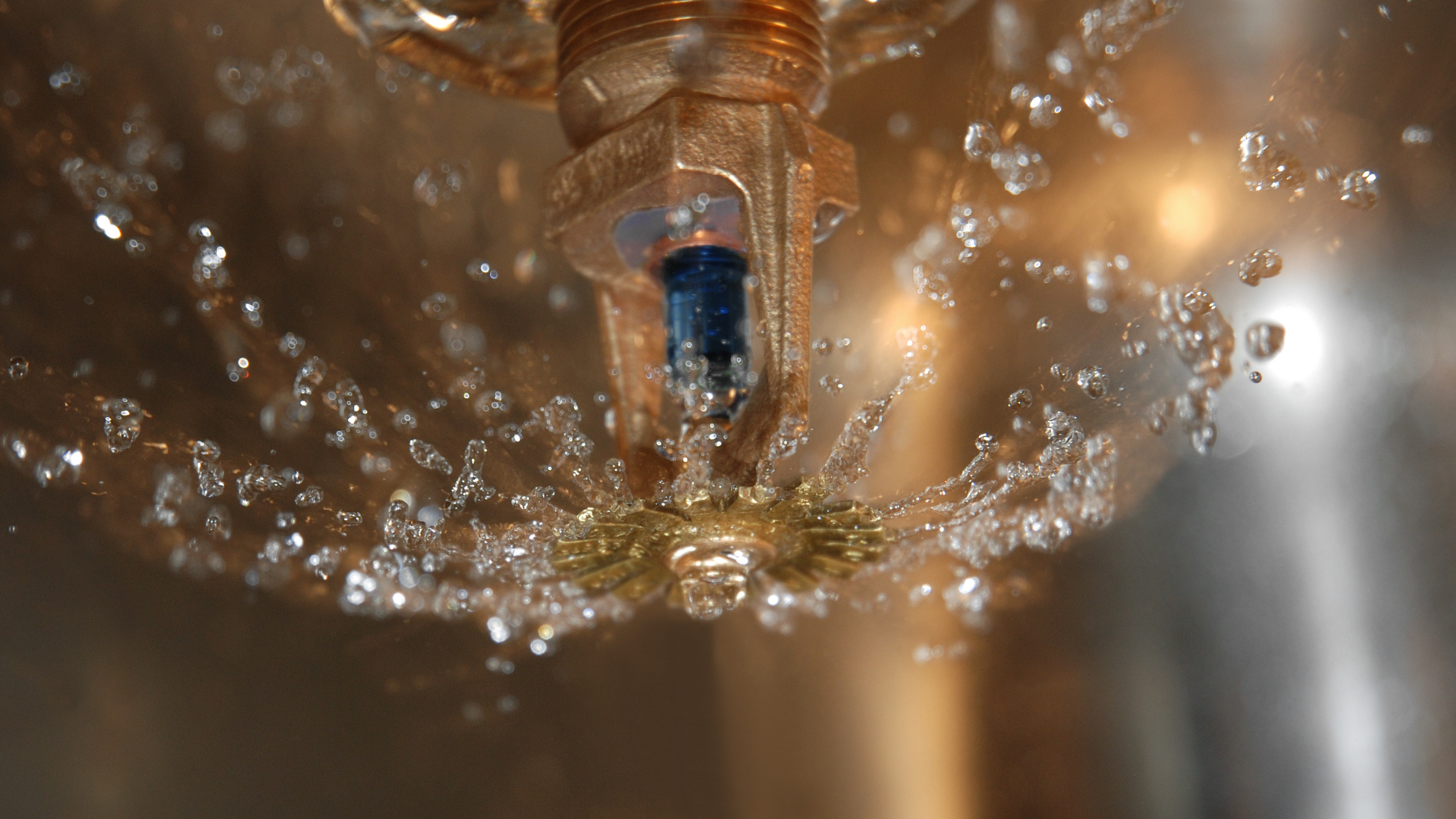
NFPA 72: National Fire Alarm and Signaling Code
While
NFPA 72 primarily deals with fire alarm systems, it also intersects with fire sprinklers when it comes to integrating alarms with sprinkler system activation. It’s essential for the alarms in your building to work seamlessly with the sprinkler system to ensure that both occupants and emergency services are alerted immediately in the event of a fire.
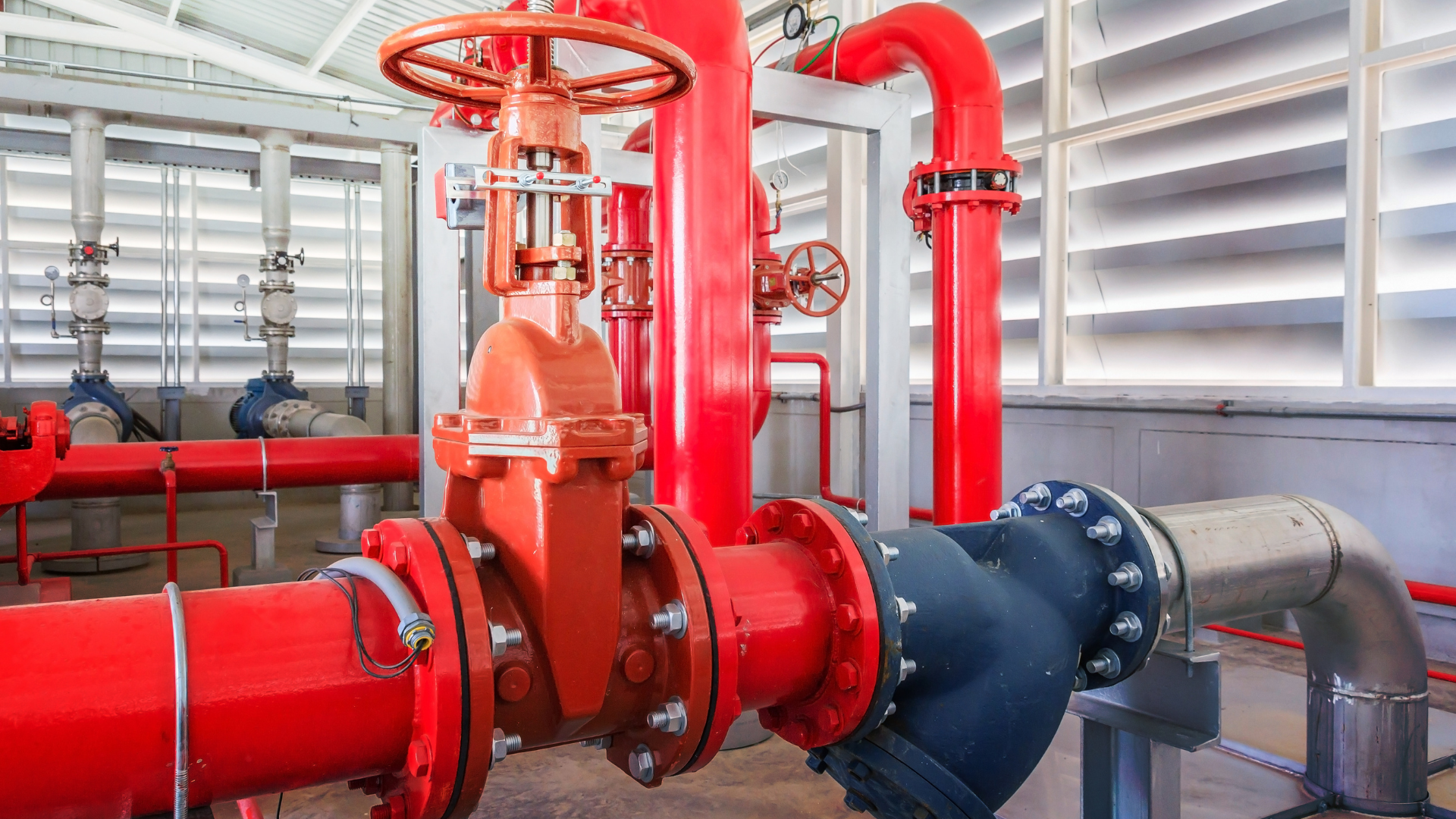
Compliance and Safety Benefits
Adhering to NFPA codes is not just about staying on the right side of the law—it’s about ensuring the safety of your building’s occupants and minimizing property damage in case of a fire. Failing to comply with these standards can lead to hefty fines, increased insurance premiums, or worse, a non-functional fire sprinkler system that could result in significant harm during an emergency.
At ASAP Fire Sprinkler Protection, we are well-versed in NFPA standards and can help ensure that your building meets all relevant codes. Whether you need an inspection, maintenance, or an entirely new system designed and installed, we are here to help keep your property and its occupants safe. Contact us today to learn more about how we can assist you with NFPA compliance!
